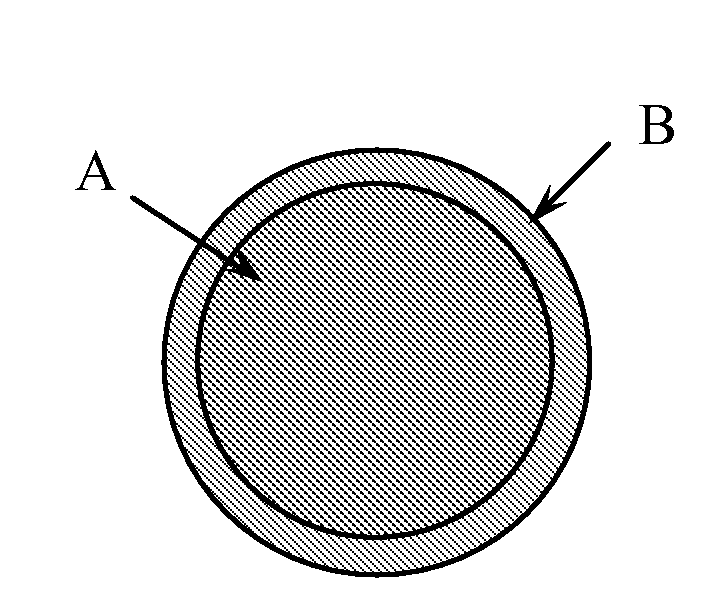Composition and Method For Making a Proppant
a technology of proppant and sand, which is applied in the field of composition and method of making a proppant, can solve the problems of reducing the “proppant flow-back” of resin-coated sand, exceptional crush strength of conventional proppants offered for sale, and extreme density
- Summary
- Abstract
- Description
- Claims
- Application Information
AI Technical Summary
Benefits of technology
Problems solved by technology
Method used
Image
Examples
examples
[0294]An aqueous acetate-alumoxane solution was prepared according to the method described in Chem. Mater. 9 (1997) 2418 by R. L. Callender, C. J. Harlan, N. M. Shapiro, C. D. Jones, D. L. Callahan, M. R. Wiesner, R. Cook, and A. R. Barron, incorporated in its entirety by reference herein. The aqueous solution was degassed before use. The aqueous acetate-alumoxane solution mentioned above, in the solution range of 0.5-20 weight percent, was degassed before use. Cenosphere templates in the size range of 100-600 micron were coated with the alumoxane solutions as described in the examples below.
[0295]In Example 1, spherical polystyrene template beads were coated with the alumoxane solution, ranging from 0.5-20 weight percent alumoxane nanoparticles. The template spheres were submerged in the solution at room temperature. The solution was then drained, and the spheres placed in a ceramic crucible, which were allowed to dry under controlled conditions. The preferred conditions were at ro...
PUM
| Property | Measurement | Unit |
|---|---|---|
| Krumbein sphericity | aaaaa | aaaaa |
| Krumbein sphericity | aaaaa | aaaaa |
| Krumbein sphericity | aaaaa | aaaaa |
Abstract
Description
Claims
Application Information
 Login to View More
Login to View More - R&D
- Intellectual Property
- Life Sciences
- Materials
- Tech Scout
- Unparalleled Data Quality
- Higher Quality Content
- 60% Fewer Hallucinations
Browse by: Latest US Patents, China's latest patents, Technical Efficacy Thesaurus, Application Domain, Technology Topic, Popular Technical Reports.
© 2025 PatSnap. All rights reserved.Legal|Privacy policy|Modern Slavery Act Transparency Statement|Sitemap|About US| Contact US: help@patsnap.com



